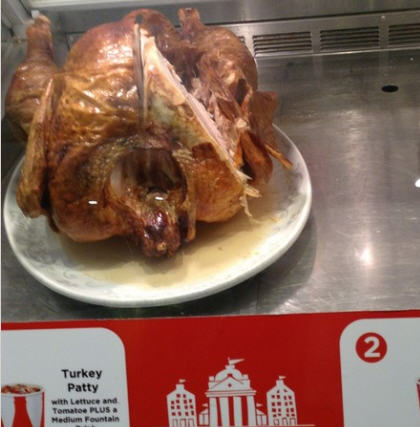
Every American supermarket has a rich bread and pastry section at cheap prices.
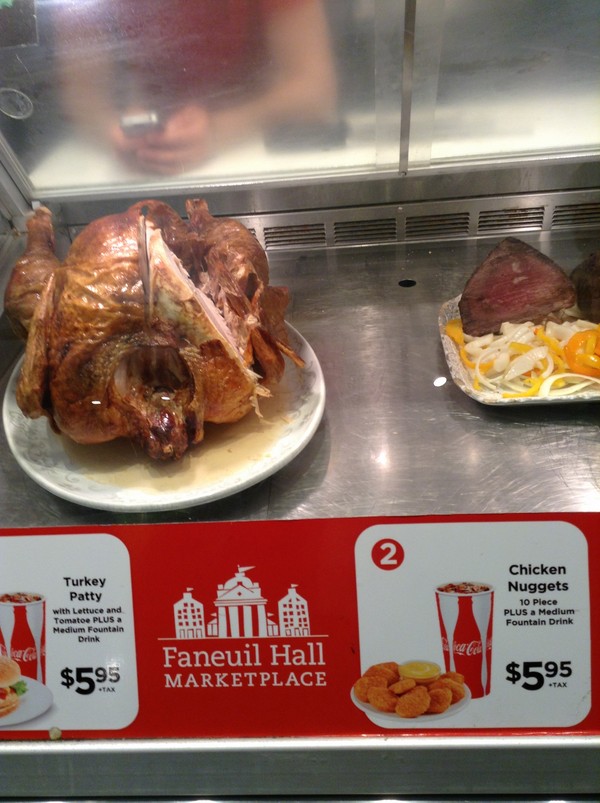
A full American meal is just a few dollars away.

No fresh fish in American supermarkets

Americans love to eat cakes.
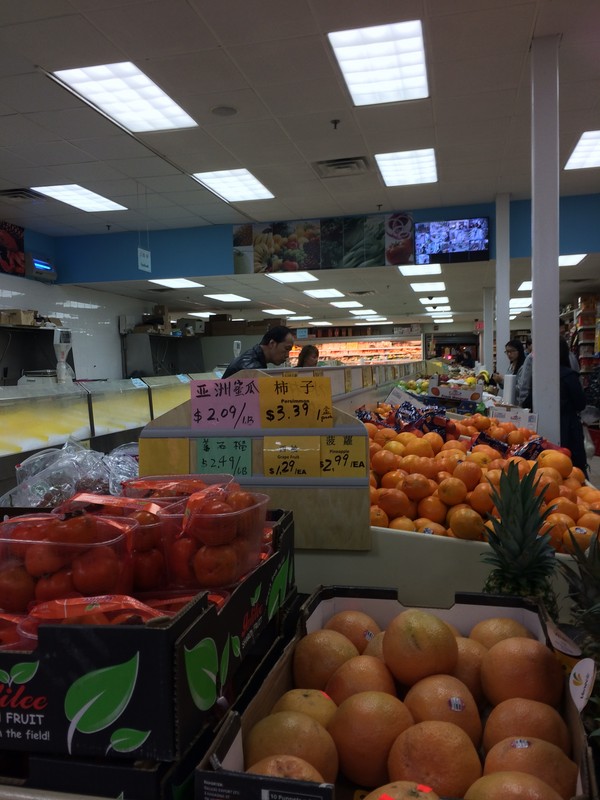
Asian spices and Asian vegetables can only be found in the Chinese market in China Town.
1. Paper - multi-purpose cleaning cloth!
In the American home, paper is the most stocked item. Americans do not use cloths to clean the kitchen or furniture, but instead use paper as a multi-purpose “cleaning cloth”. In addition to large rolls of paper, every American also stocks a few boxes of wet wipes – pre-soaked in antibacterial alcohol – in their home. Alcohol-soaked paper wipes clean everything: from tables and chairs, digital devices to stoves and even toilets!
2. American food is cheap and convenient
American food is everywhere and very cheap. From hamburgers to fries to cakes, all kinds of food can be had for just a few dollars. The largest cup of McDonald’s coffee is only $1.
However, if you want to eat Asian (or Vietnamese) food, you have to go to a place where Vietnamese people gather or commonly go to China Town. An Asian meal costs at least 10 USD/person (if you only eat one dish) or more than 20 USD/person (if you choose family style), not including the tip (from 10%-15% of the bill, depending on the place).
American food “markets” are always close to residential areas and are cheap (especially chicken). Vietnamese “markets” – which are actually Vietnamese grocery stores – are often very far away (only convenient for people with cars), and food prices are high (a packet of herbs costs $1, a coconut $2, a bunch of spinach $7-8).
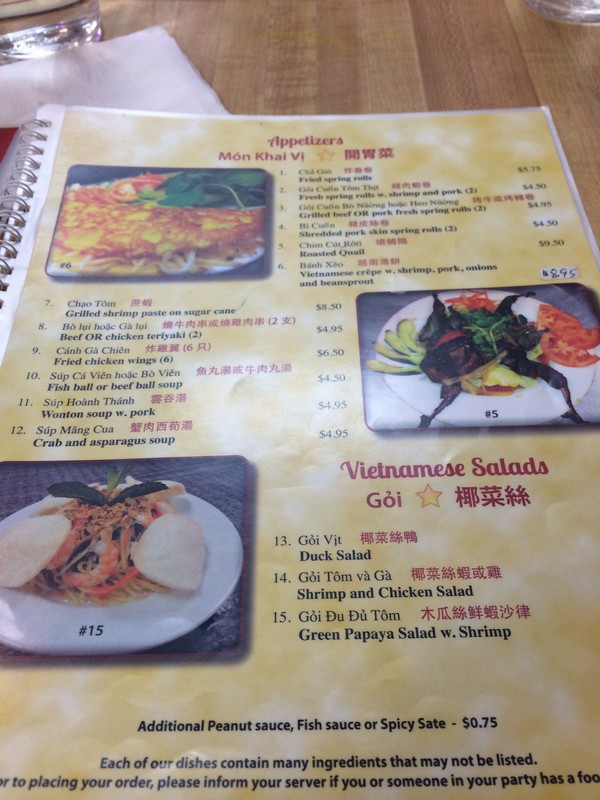
If you want to eat Vietnamese food, you have to go far and pay more money.

Eating Vietnamese home-cooked meals is more expensive and only helps relieve homesickness because of the lack of spices.
3. Americans do not take naps
From Massachusetts to New York or Washington DC, I see that Americans do not have the habit of taking a nap. Even Vietnamese people living here do not. Whether working in an office or freelance, Americans spend a very short time on lunch - eating at the workplace or eating in a park near the workplace.
Staying up late or getting up early depends on each family's habits, but Americans only sleep one night.
4. Always be grateful
“Thank you” is a common phrase among Americans in everything and this is a cultural trait worth learning. Particularly impressive is the American habit of thanking the bus driver every time they get off the bus.
When getting off the bus, passing by the driver's seat, everyone looks at the driver and says thank you, sometimes accompanied by a greeting of "good day" (if it's daytime) or "good night" (if it's nighttime).
5. Queuing is normal
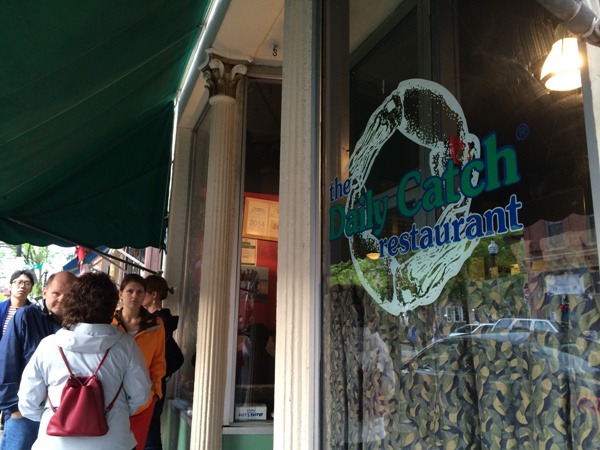
People happily queue up for hours in front of a cheap Italian seafood shop
When shopping, returning items, going to restaurants or even going to the restroom... Americans have the habit of lining up everywhere. At bus stops or subway stations, even though there is no line, Americans still line up first, first come first, and last come last.
However, at bus stops that are always crowded with people waiting, such as Hay Market (downtown Boston), sometimes those who wait in front (buses in the US only open the front door for passengers to board because each passenger has to swipe a card to buy a ticket) are at a disadvantage because the group of late customers always like to bang on the back door to demand it be opened, and the driver has to give in.
6. Lots of... trash cans!

If you want cleanliness, you must have trash cans and trash cans must always be cleaned.
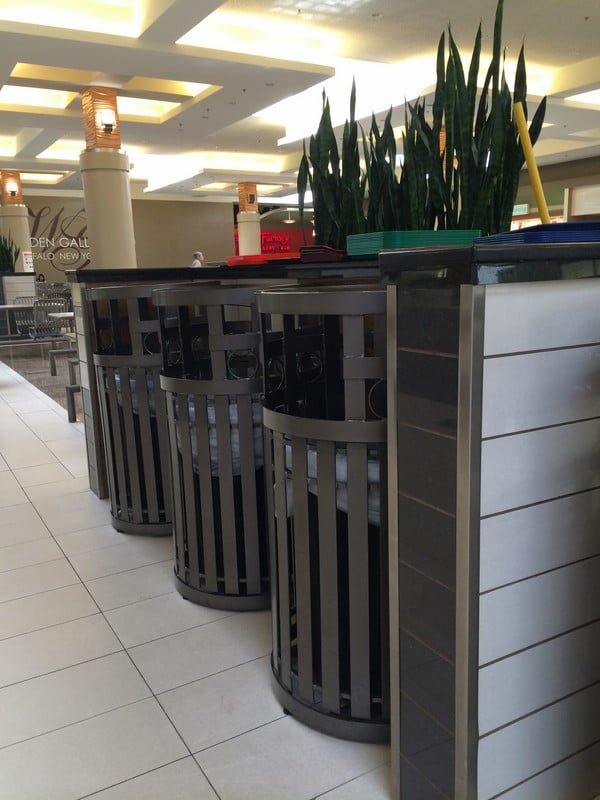
How to design and display trash cans to create a sense of cleanliness for users
Americans are very practical. To keep the streets clean, they always put large, open trash cans on every street for visitors to throw their trash. In “markets” or “malls”, airports… also, large trash cans are always available in many places, there are even separate bins with a place for organic waste, a place for paper and a place for plastic bottles.
The practicality of Americans is also shown in the fact that in public toilets, when the customer finishes using the toilet, the toilet flushes automatically as soon as they stand up, without the need for the customer to find a place to flush.
7. Clear and concise signage
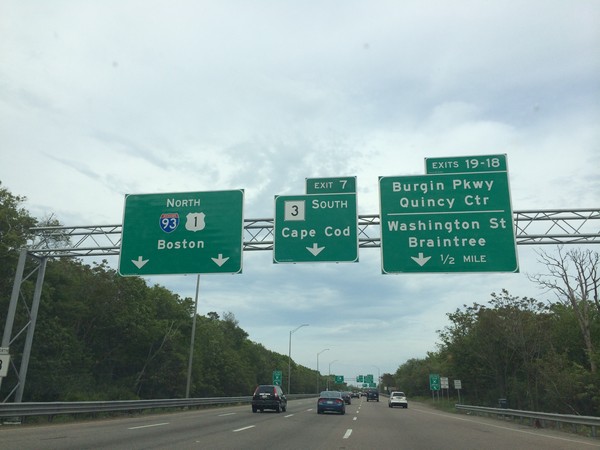
Clear blue signs are a hallmark of American roads.
On different roads in the US, whether small roads or highways, the signs are always written in white on a blue background, very clearly and placed at a high level to catch the driver's eye. The content is always written concisely, accompanied by pictures for the driver to recognize from a distance.
When entering the Boston cross-city tunnel, the speed limit sign is also placed high up and briefly states: Speed limit 45.
The same is true in museums and public places: signs are always short and accompanied by easily recognizable pictures.
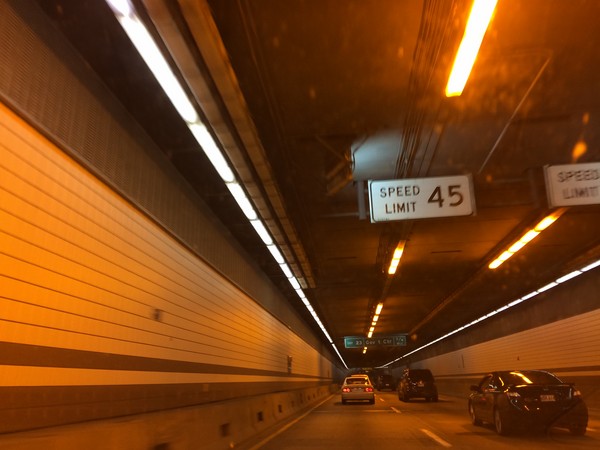
Speed limit warning sign in tunnel through downtown Boston
8. People with disabilities are given priority
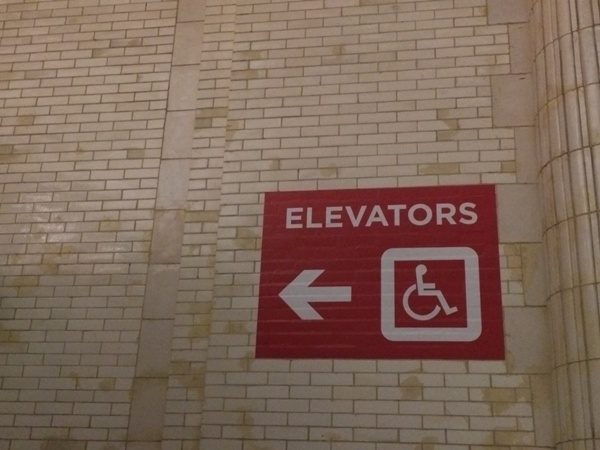
Americans prioritize people with disabilities with specific policies in life.
Without using slogans, Americans demonstrate their policy of giving priority to people with disabilities in life: car parks anywhere reserve the closest parking space to the destination for people with disabilities, followed by parking spaces for mothers with small children.
Any public place in the US has a separate aisle/elevator/toilet… for the disabled with clear signs. In supermarkets, there are also wheelchairs available, helping them move easily between lines. People with disabilities in the US can also take the bus easily, because the front door of the bus is designed with a board (automatically lowered and raised) for disabled people to move their wheelchairs.
Attending a university graduation ceremony, in parallel with the speeches of professors and students, I saw a separate podium on the stage where a group of people took turns transmitting sign language, helping deaf and mute people to follow the content of the ceremony.
9. Cars are giant garbage
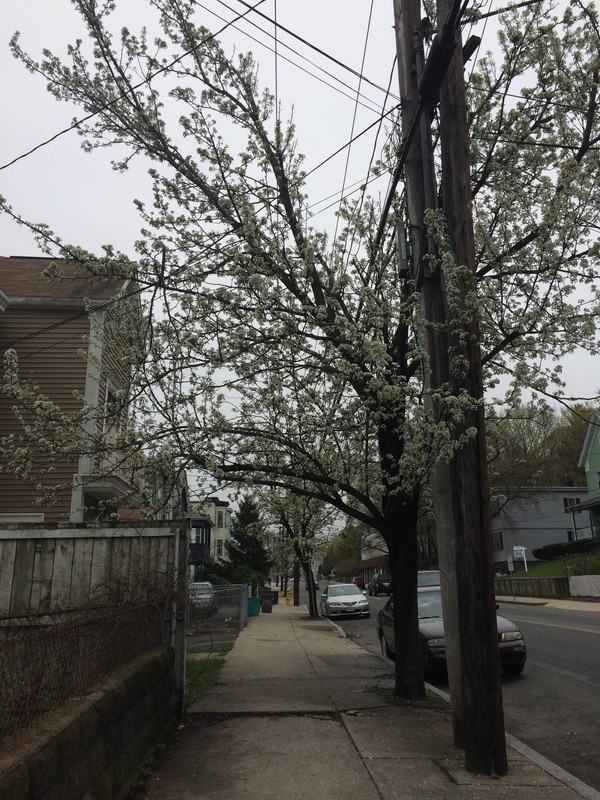
Every house in America has empty land surrounding it, but cars have to be parked on the street all day and all night.
Most Americans own their own cars because getting from one place to another is often far and there are few states with public transportation. Car prices in America are cheap, even poor people can buy a used car for a few thousand, and people with more than 10 thousand dollars can buy a brand new car, so buying a car in America is like buying a motorbike in Vietnam.
Traveling in the northeastern United States, you can see cars parked in rows in empty lots… like toys. In many downtown streets in Chelsea and Washington DC, people leave their cars in front of their houses all day and all night. Parking in major cities in the United States is often scarce, or very expensive, and even in Boston – the capital of Massachusetts – people with cars have to get to the center by bus or subway.
With an annual consumption of 16 - 17 million cars/year, it can be said that America is the largest producer of car waste in the world!
10. Housing reflects social status
Although racial discrimination is taboo and has been included in American law, Americans still quietly arrange their lives in this way: white Americans only live in middle-class or upper-class areas, while black Americans and new immigrants from other continents often live in "ghettos".
Therefore, every city in the US is divided into many zones, and just by saying where a house is, people will implicitly know the social status of that person. The price of a house in the US does not depend on the area of land or the way it is built, but on the location of the house in which zone.

The value of an apartment in the US depends on location and residential area.
The upper class areas for the rich are often located in the city center, but there are always slums for the poor. For example, in Boston, houses in Beacon Hill (right in the center) cost several million dollars a house, but renting or buying a house in Dorchester (a Boston neighborhood) is very cheap because this area is considered a "slum".
Similarly, the West Buffalo area (New York State) is classified as a “slum” of this city, with houses priced at only 1,000 USD. In New York City (New York State), Brooklyn is a slum - in contrast to Manhattan, which is an upper-class area.





